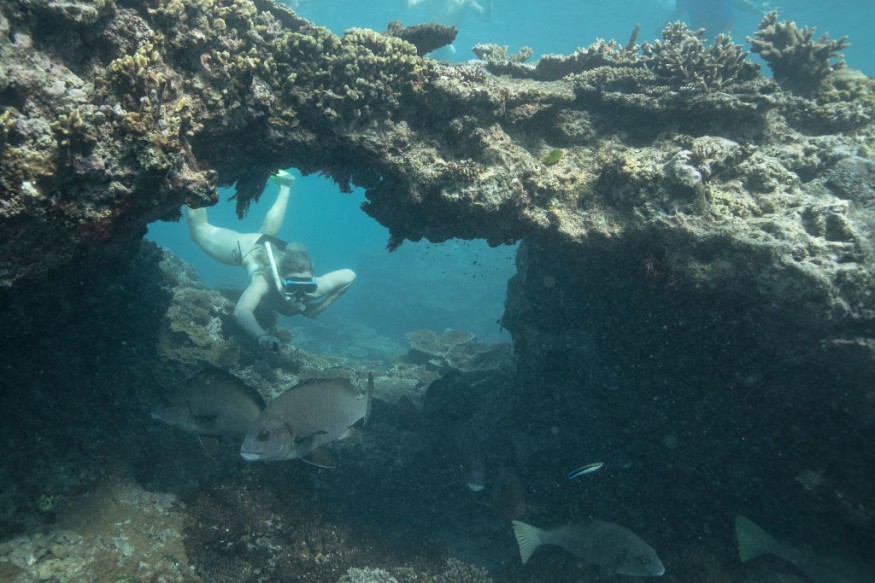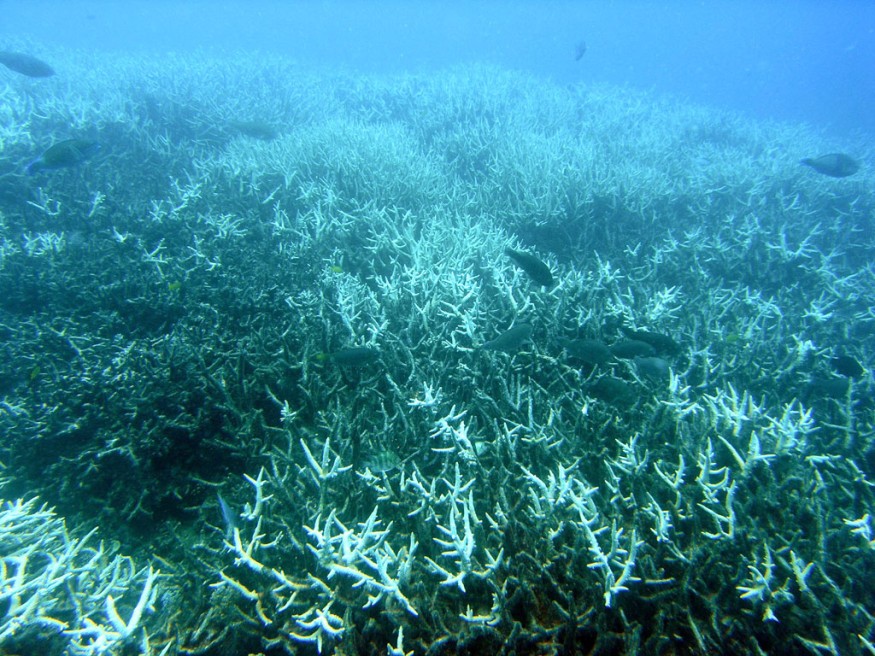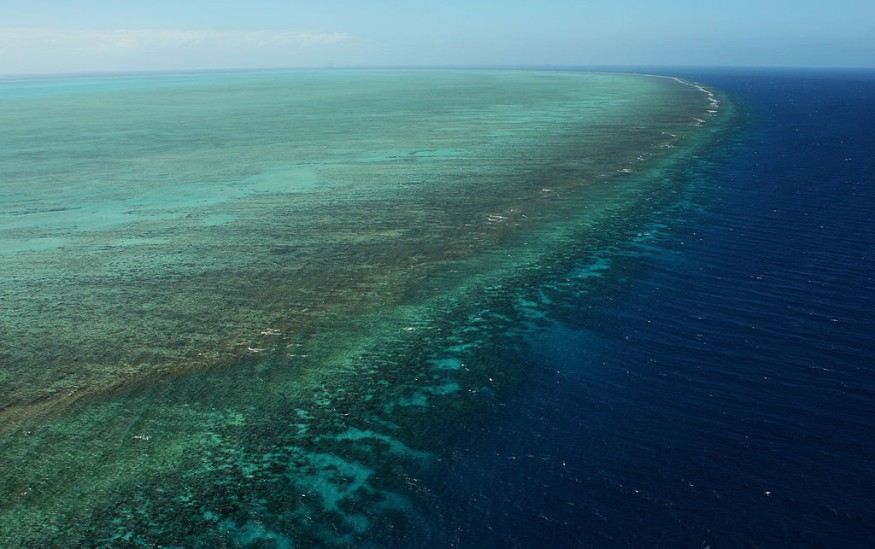According to one of the world's finest coral experts, official monitoring flights have been launched all around the Queensland coastline, who thinks a sixth massive bleaching catastrophe is developing throughout the Great Barrier Reef.
Monitoring the Situation

Monitoring flights are being done "over the length and width" of the 2,300-kilometer world heritage reef, according to the Great Barrier Reef Marine Park Authority (GBRMPA).
However, the authority will not issue an official update on the conditions over the reef or the preliminary findings from the flights until Friday.
The news comes less than a week before the commencement of a 10-day UN monitoring expedition to the reef, which will take place ahead of an essential global heritage committee meeting in June.
In the last two weeks, Prof Terry Hughes, a prominent specialist on coral bleaching at James Cook University, has received a "rush of reports from the field" of bleached corals.
Previous Bleachings

In 1998, 2002, 2016, 2017, and 2020, five major bleaching episodes along the reef were triggered by rising ocean temperatures caused by human emissions of greenhouse gases.
Hughes told the Guardian that a sixth global bleaching episode is already underway and that it is not moderate or confined.
Each year, the amount of heat stress on the reef peaks in early to mid-March, but scientists began to be concerned as early as December when ocean temperatures reached record highs.
According to Hughes, they all heaved a sigh of relief since corals that had been pale in December had recovered their color in January and February. However, there have been moderate to severe bleaching reports throughout the reef in the previous three weeks.
Water temperatures are 1 to 2 degrees Celsius above average throughout large parts of the reef, according to observations from the Bureau of Meteorology.
Bleaching in the GBR
According to research conducted by Hughes, more than 98 percent of all individual reefs have bleached at least once.
Hughes has led airborne surveys over the length of the marine park to document the state of corals from a low-flying aircraft during the previous three catastrophic bleaching episodes.
Hughes stated that the work had been delegated to the GBRMPA.
He claimed that water temperatures and cumulative heat stress were insufficient to determine if corals had bleached.
For weeks, the GBRMPA has been collecting data on bleaching via planes, in-water observation, and reports.
The authority stated a week ago that "low to moderate bleaching" had been detected in various regions.
The authority said it was "doing airborne inspections over the length and width of the reef, to acquire a clearer picture of any bleaching in the Marine Park this summer," in a statement released on Thursday. Every Friday, the state of the reef is updated." Flights resumed last weekend.
According to the Australian Institute of Marine Science, fast-growing acropora corals, which were also prone to bleaching, have been driving a recovery in coral cover throughout the reef since the last bleaching episode in 2020.
Recovery

According to Hughes, northern areas of the reef were "halfway to recovery," but several "sensitive corals" were bleaching presently.
Corals may recover from minor bleaching, but the coral will perish if the heat stress is too great.
While there is no official definition of a global bleaching event, Hughes believes that bleaching that encompasses extreme bleaching over hundreds of kilometers qualifies as mass bleaching.
Environment groups argued last week that a UN expedition to the reef, which Australia has requested and will begin on Monday, must be able to observe bleaching.
The mission's destination has yet to be revealed, either by Unesco or the Australian government.
Report
The mission's report is due in early May, in time for a June meeting of the World Heritage Committee.
Last year, UN science advisers suggested that the reef be added to a list of "in danger" world heritage sites due to bleaching and a lack of progress in reducing pollution levels.
The 21-country group, however, ignored the advice due to intense lobbying by the Australian government. During the summit, Australia stood with countries opposing other UN proposals concerning other sites worldwide.
According to reports, Australia made at least one quid pro quo with Spain, agreeing to support a world heritage inscription for a site in Madrid against UN advisers' opposition in exchange for Spain's cooperation in preventing the reef from being listed as "in danger."
Efforts to Save the Reef
Last month, the Morison administration announced a new $1 billion commitment for local reef protection over the next nine years.
However, many reef experts believe that unless greenhouse gas emissions are drastically reduced, measures such as identifying more heat-tolerant coral species, increasing water quality, and eradicating coral-eating starfish would be overwhelmed by global warming.
For more Environmental News, don't forget to follow Nature World News!
© 2025 NatureWorldNews.com All rights reserved. Do not reproduce without permission.





